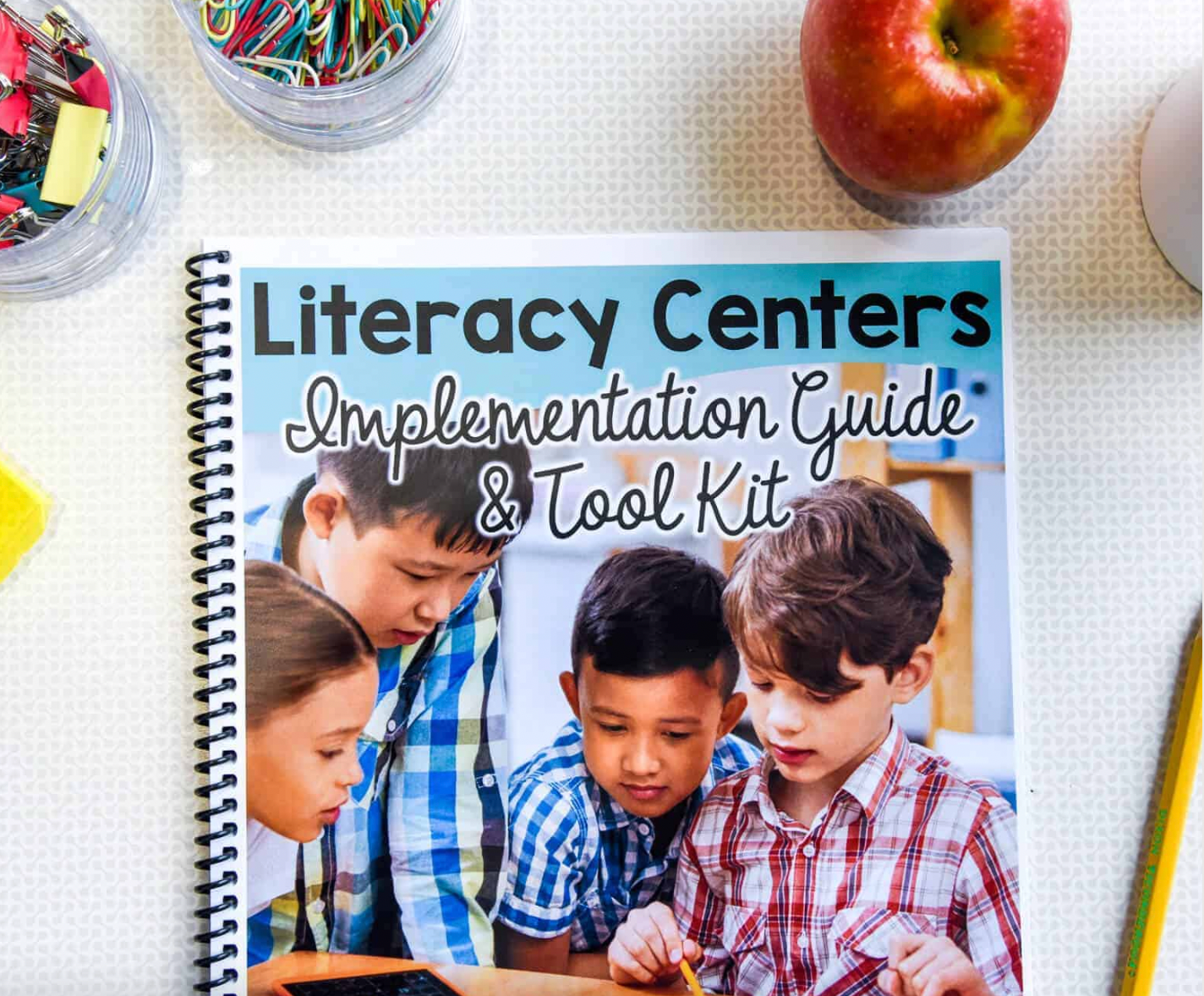With winter break quickly approaching, it’s hard to even start thinking about the need to re-assess writing in January. I get it—I’m ready to snuggle up in my pajamas with some hot cocoa and just soak in the holiday season! But maybe you’re feeling like many of the teachers I’ve talked to recently: your writing growth is stagnant and you’re not even sure what to do next.
We typically assess students at the beginning of the year and the end of the year. However, re-assessing writing mid-year can be a game changer! In fact, I’ve found that taking time to re-assess my student writers in January helps me transform my teaching for the rest of the year and prepare for the big writing test in spring.
Why Re-Assess Writing?
Data Helps Create a Game Plan
Writing assessment is not just about a getting a final score for the grade book. Instead, it’s an opportunity to gather relevant data about your students. I use a simple (and enjoyable) writing task to collect writing samples, which give me a lot of tangible information to assess where my students are as writers. Then, I can make a solid plan for growth in three different areas: whole group, individual writers, and grammar.

Create “Big Picture” Writing Goals
Without the data from writing re-assessments, instruction often becomes untethered. It can be difficult to know what to teach and when to teach it, and writing lessons can sometimes feel haphazard. Re-assessment data will show you exactly what key skills you need to address with your entire class. This could include areas of deficiencies or growth opportunities. For example, a re-assessment might show that your students need to work on writing structure or organization.

When you are able to target the skills writing skills your class actually needs (not the materials you can get your hands on, or even what the standards cover) you’ll find that your students will grow exponentially.
Target Individual Instruction
Re-assessing is also ideal for pinpointing ways to support individual writers. You can take a closer look at each student’s writing sample to examine strengths and weaknesses.
There may only be a handful of students who need to work on certain writing skills. Looking at the data from re-assessing allows you to know which writing skills should be retaught in smaller intervention groups. These students don’t necessarily need to be at the same overall level as writers, but they should have similar gaps in their writing skills. Other students may need a quick refresher one-on-one, or more direct, guided support.

Use Writing to Re-Assess Grammar
I love to use my January writing samples to assess grammar. There’s no need to administer a separate grammar assessment. It’s more natural and authentic to use a piece of student writing to re-assess grammar proficiency. You can make a list of grammar skills you’ve already taught so far, and look to see how students have applied these in their writing. Then, record which skills have been mastered and which topics may need to be re-taught. I love to use a daily grammar warm-up to fill in these gaps.
Re-assessing Writing: The Next Step
Once you’ve created your whole class and individual writing goals, it’s time to take action. My Writing Intervention Resource Library is perfect for reteaching those key writing skills students may be lacking. I supplement my regular writing lessons with these 15-minute intervention activities. Each unit has at least five different engaging, hands-on activities to support students in mastering the skill.

With topics like Paragraph Writing, Essay Organization, and Elaboration, this resource library will become your go-to resource for supporting your writers! Grab the Writing Intervention Bundle here.
Before you close up your classroom for the holidays, make a plan to re-asses your writers when you come back. I guarantee it will make a huge difference in your writing lessons for the rest of the year!



